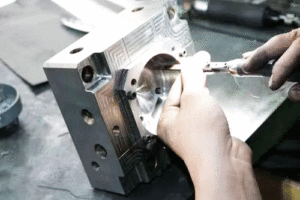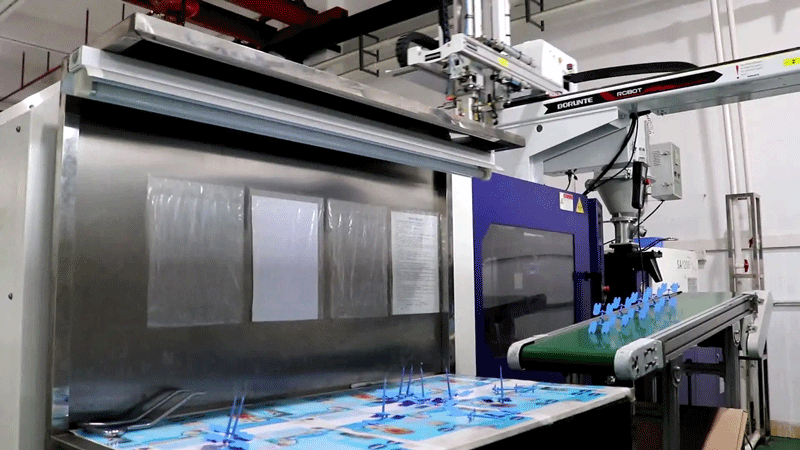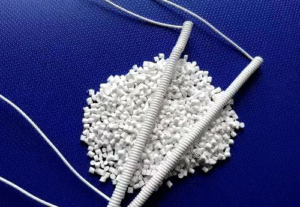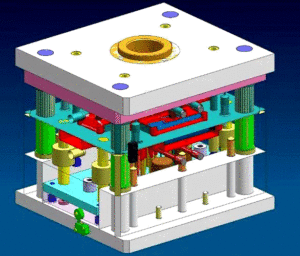
Polishing Treatment for Plastic Molds
Polishing Treatment for Plastic Molds With the widespread application of plastic products, such as daily-use items and beverage packaging containers, there is often a requirement
It must be dried before injection molding. Generally, use hopper drying at 7080℃/2h or tray drying at 80100℃/1h. For tray drying, pay attention to keeping the material layer thickness generally not exceeding 50mm. Tray drying is recommended. it can be determined that the TPE/TPR raw material contains too much moisture in the following situations:

While ensuring the quality of plasticization, try to reduce the extrusion temperature. Utilize increased injection pressure and screw speed to reduce melt viscosity, achieving the goal of improving fluidity. When the surface of the injected strip from the nozzle is smooth and even glossy, it can be confirmed that the plasticization quality is good. If the injected strip from the nozzle is very glossy, it can be determined that the barrel temperature can be lowered. Adopting low-temperature injection molding as much as possible can reduce cooling time, thereby improving production efficiency for customers.
The screw’s middle section has the highest temperature, followed by the feeding section and slightly lower temperatures at the nozzle.
Typical temperature settings are 150-170℃ (feeding), 170-180℃ (middle), 190-200℃ (front), and 180℃ (nozzle).
These temperature settings are provided as reference data. Specific temperatures may be adjusted appropriately based on the specific physical properties of different TPE and TPR materials. If issues such as product swelling (trapped gas inside) or easy breakage of the gate during demolding are observed, adjustments can be made following the second tip.

Generally, the holding pressure should be lower than the injection pressure. The determination of holding time can be based on weighing the product until its weight no longer increases, or by considering the shrinkage marks accepted by the customer. If it is observed that the gate is prone to breakage during demolding and the second tip is ineffective, reducing the holding pressure should be a viable option.
This way, internal gases in the mold are easily expelled. If there is gas trapped inside the product (internal swelling) or if there are dents, and the second tip is not effective, this method can be used for adjustment.

Polishing Treatment for Plastic Molds With the widespread application of plastic products, such as daily-use items and beverage packaging containers, there is often a requirement

Injection Molding Techniques for TPE and TPR Injection Molding Techniques for TPE and TPR 1. Dry the TPE and TPR material before injection molding It

Winter Maintenance Measures for Injection Molding Machines As winter approaches and temperatures gradually drop, a cold chill envelops the earth. While ensuring personal warmth, it

Assessment Regulations for Mold Trial Exceeding 3 Times Assessment Regulations for Mold Trial 1. Purpose The purpose of this regulation is to standardize the work of